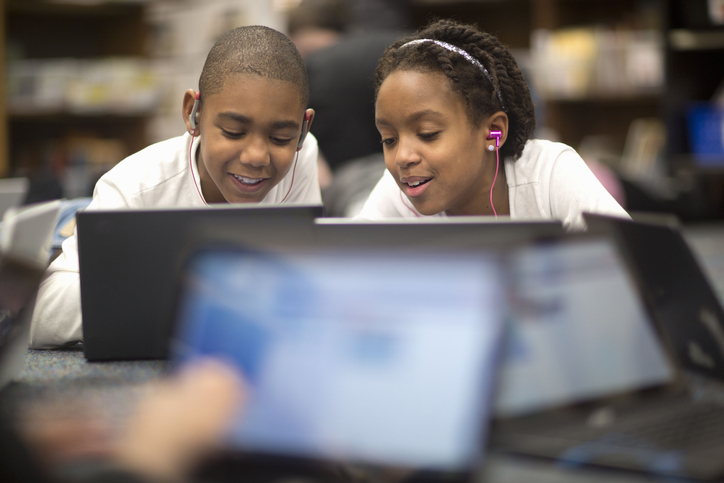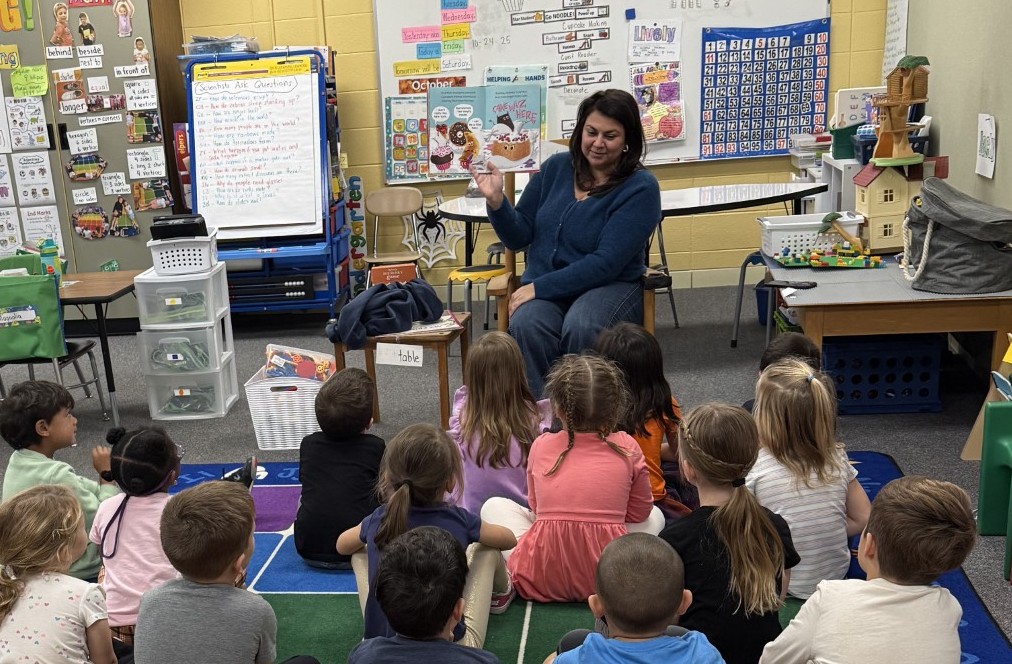Leveraging Technology to Better Engage Learners in Lessons
With so many technological teach tools available, finding the right one to engage your students can be a challenge. Here's advice on how to get started.

Continuing with the pedagogical focus of intentional use of technology in teaching and learning, this second article in the three-part series builds on the first, Leveraging Technology to Support Lesson Creation and Instruction.
While our students are likely digital natives, and have had many forms of technology available to them since they entered the world, it does not mean that they will automatically connect with technology in schools in meaningful ways. Moreover, with the vast options of tools and platforms available, we as teachers must use them for specific purposes with the goal of advancing learning outcomes.
Here are strategies for using technology to engage students in academic content that have the potential to build students’ presence in learning and contribute to deeper learning.
Leveraging Animated Content
Sharing the heart of content with students typically happens at the beginning of the lesson and can sometimes be boring to students. This usually does not have anything to do with the presenter of the lesson’s content, and more on the content itself and/or newness of it.
One way to engage students in lessons is to use animation to introduce content. This can be done quickly through an edtech tool such as Powtoon. You could also use bitmojis or other popular characters that your students are interested in to introduce the content to them in fun and engaging ways.
Also, since the animated content will be recorded, students can listen to and engage with the recording more than once, which is not possible through a live lesson. By re-watching the lesson, students will be able to gain a deeper understanding of the content and may pick up something they missed the first time (e.g. like rewatching a movie and learning new things).
Using Gamified Learning
Gamification is not new to education, but some of the available games made specifically for education are new or have been modified to create more robust experiences.
Tools and ideas to transform education. Sign up below.
Digital escape rooms, for example, can create extremely engaging learning environments where students can connect to the lesson’s content while also building their critical thinking, collaboration, and communication skills. Lisa Whiston offers guidance on how to use Nearpod to make a digital escape room.
iCivics is a great website for gamifying social studies, history, and political science content, and the games are already built on there. Additionally, there are game trailers so students can decide if they are interested in the game before playing, as well as Google Slides integrations for teachers to connect the games to lessons.
Other popular games such as Roblox and Minecraft are other options to consider, depending on the content and goals of the lesson.
Exploring Experiential Experiences
Experiential learning has always been a pillar of engagement, and the edtech platforms available provide many pathways for students to “learn while doing,” as the late John Dewey stated.
Providing students with opportunities to engage in virtual labs and simulations through sites such as PhET and Labster are excellent options for STEM lessons, including biology, chemistry, earth and space science, physics, statistics and a range of math topics.
If you are interested in taking students to visit museums and other arts and cultural sites, but do not have the time or funding, virtual field trips are a great way to keep students engaged while exposing them to rich and varied artifacts. Tech & Learning has curated a best virtual field trips list. Additionally, Google Arts and Culture and Google Earth both offer engaging ways for students to connect with a diverse range of content and can be seamlessly interested in lessons.
As you see, there are countless opportunities to engage learners in lessons across academic content areas. With many options, students can choose what they are most interested in, and connect with learning in authentic ways.
Dr. Stephanie Smith Budhai is faculty member in the College of Education and Human Development at the University of Delaware, focusing on Educational Technology, Learning Design, and Justice-centered Pedagogies. She holds two national education technology leadership positions on the Information Technology Council and as Chair of the Culture and Climate Committee for the Society for Information Technology and Teacher Education (SITE). She holds a Ph.D. in Learning Technologies, and a M.S. in Information with a specialization in Library and Information Science, and K-12 teaching certifications in Technology Education, Instructional Technology and Business, Computers, Information Technology, Special Education and Elementary Education. Dr. Smith Budhai is the 2021 SITE Emerging Leader and the 2017 ISTE Awardee for Excellence in Teacher Education. She is also a Nearpod, and VoiceThread Certified Educator. Dr. Smith Budhai has more than a decade of online teaching experience, and has published myriad books (two have been translated into Arabic), articles, and invited editorials surrounding the use of technology and online learning in education. A few of her book publications include:
- Critical AI in K-12 Classrooms: A Practical Guide for Cultivating Justice and Joy
- Best Practices in Engaging Online Learners through Active and Experiential Learning Strategies
- Leveraging Digital Tools to Assess Student Learning
- Nurturing Young Innovators: Cultivating Creativity in the Classroom, Home and Community
- Increasing Engagement in Online Learning: Quick Reference Guide
